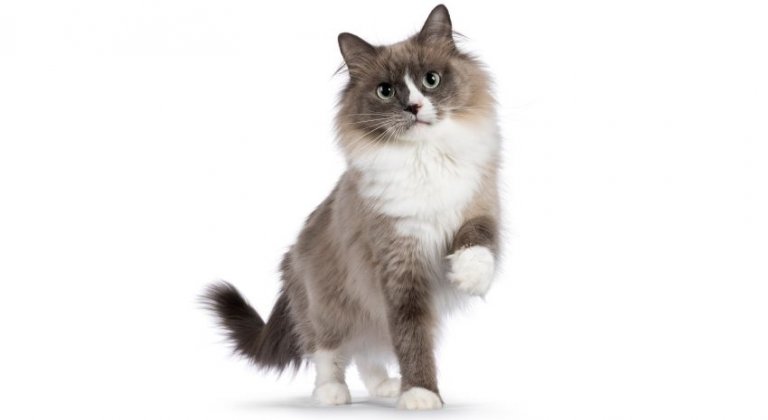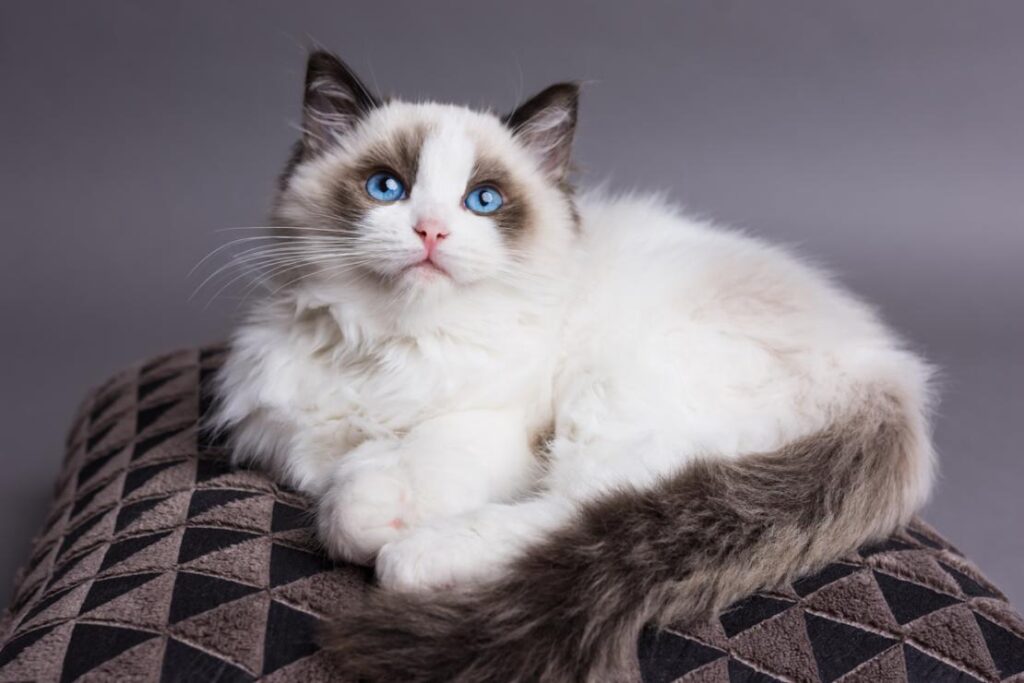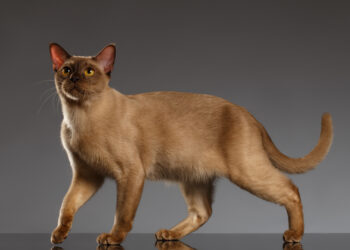Ragdoll cats, beloved for their striking blue eyes and plush fur, have captured hearts in the US and UK. Originating in California, these gentle giants are cherished as family pets. This article explores their characteristics, history, popularity, and care tips.
History and Origin
The Ragdoll breed was first developed by Ann Baker, a Persian cat breeder in Riverside, California. The breed’s foundation cat, Josephine, was a white Persian-Angora mix with distinctive qualities. The breed’s defining characteristics include large size, soft and plush coat, and a tendency to go limp when picked up, hence the name “Ragdoll.” Ragdolls quickly gained recognition for their unique temperament and appearance, leading to increased breeding efforts and eventual international popularity.
Physical Characteristics
Size and Build
Ragdolls are among the largest domesticated cat breeds. Adult males typically weigh between 15-20 pounds, while females generally range from 10-15 pounds. They have a muscular build with a broad chest and sturdy legs, contributing to their substantial size.
Coat and Color Varieties
One of the Ragdoll’s most striking features is its soft, semi-long fur, which lacks an undercoat, making grooming relatively manageable. The breed comes in various color patterns, including seal, blue, chocolate, lilac, flame, cream, and tortoiseshell, often with pointed markings on the ears, face, paws, and tail.

Personality and Temperament
Ragdolls are famous for their gentle and affectionate disposition, earning them the nickname “puppy cats.” They are known to follow their owners around the house, seeking companionship and interaction. Ragdolls are typically relaxed and tolerant, making them excellent companions for children and other pets. They enjoy being held and cuddled, often going limp in their owners’ arms—a trait that has endeared them to countless families.
Popularity in the US and UK
US Popularity
In the United States, Ragdolls have consistently ranked among the top ten most popular cat breeds. Their friendly nature and stunning appearance have made them sought-after pets in households across the country. Ragdolls thrive in indoor environments, where they can enjoy the company of their owners and indulge in occasional playtime.

UK Popularity
Similarly, Ragdolls have gained significant popularity in the United Kingdom. Their popularity surged due to their calm demeanor and adaptability to indoor living, making them suitable companions for urban dwellers. Ragdolls are known to form strong bonds with their owners, often shadowing them from room to room—a behavior that underscores their affectionate nature.
Care and Maintenance
Grooming
Despite their long fur, Ragdolls are relatively low-maintenance in terms of grooming. Weekly brushing helps prevent matting and reduces shedding. Special attention should be paid during shedding seasons to maintain their coat’s condition and minimize hairballs.
Diet and Nutrition
A balanced diet is essential for maintaining a Ragdoll’s health and well-being. High-quality cat food, preferably formulated for their age and activity level, should be provided. Owners should monitor their cat’s weight to prevent obesity, a common issue among Ragdolls due to their sedentary nature.

Exercise and Playtime
Although Ragdolls are not particularly active cats, regular play sessions are crucial for their physical and mental stimulation. Interactive toys and climbing structures can help satisfy their natural hunting instincts and provide much-needed exercise.
Health Considerations
Ragdolls are generally healthy cats with a life expectancy of 12-15 years. However, like all breeds, they are prone to certain health conditions, including hypertrophic cardiomyopathy (HCM), a genetic heart condition, and polycystic kidney disease (PKD). Regular veterinary check-ups and screenings can help detect and manage these conditions early.
Conclusion
In conclusion, Ragdoll cats have earned their place as cherished companions in both the United States and the United Kingdom, thanks to their affectionate demeanor, striking appearance, and adaptability to indoor living. Whether lounging on a cozy couch or playfully interacting with their owners, Ragdolls continue to captivate cat lovers with their unique blend of beauty and personality. As their popularity grows, so does the appreciation for these big and fluffy feline friends who have firmly established themselves as beloved members of countless households around the world.
By understanding their history, appreciating their distinctive characteristics, and providing them with proper care, Ragdoll owners can ensure a fulfilling and enriching relationship with these remarkable cats for many years to come.





















